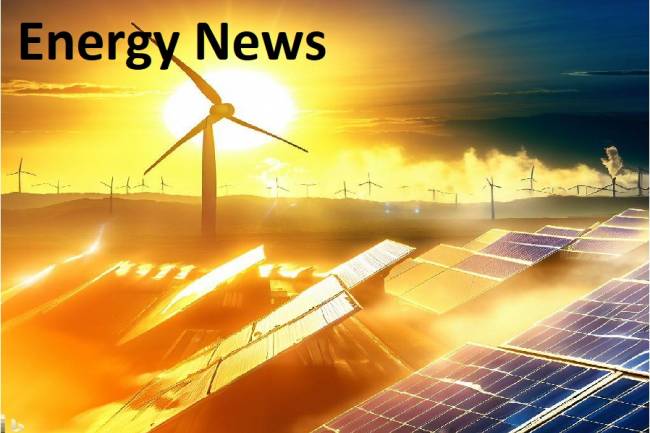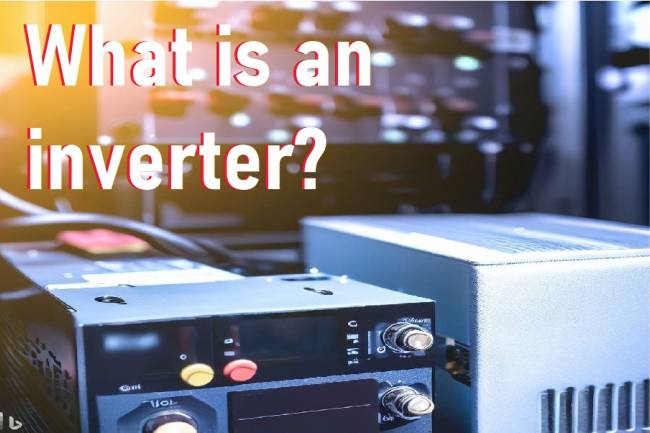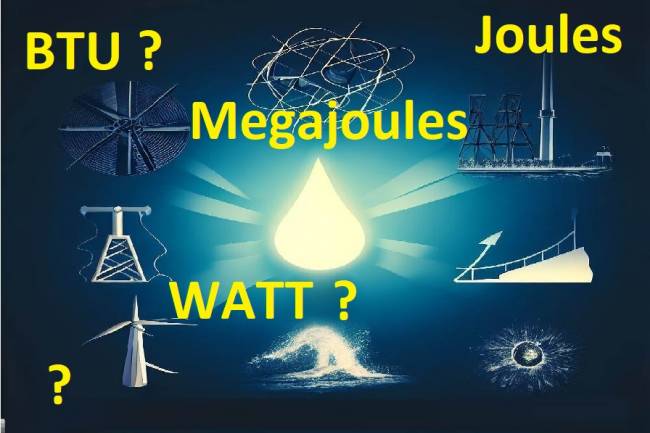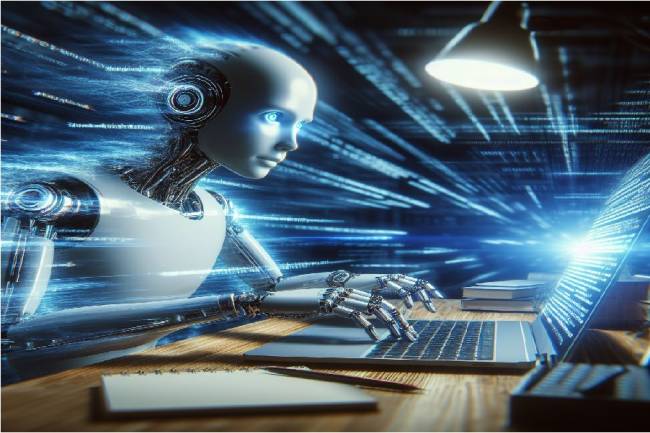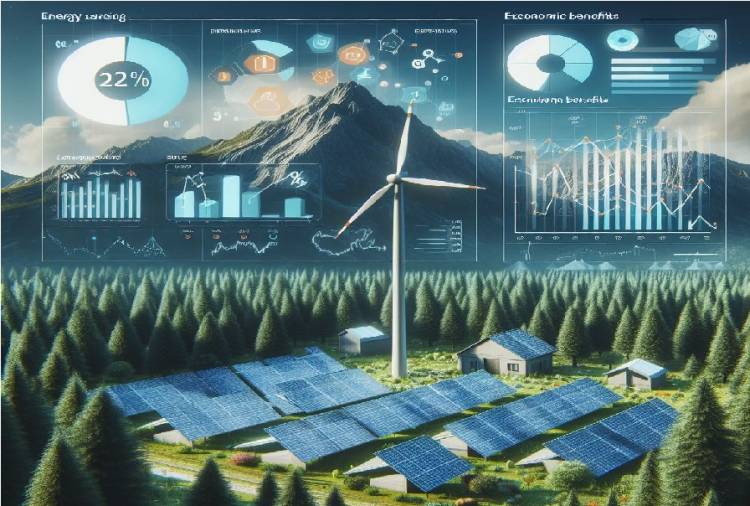
IoT Based Energy Monitoring System for Home and Industry: Efficiency, Analysis and Management Strategies
Efficiency in the Energy Sector
We continue to publish news and technical application articles about IoT basics and IoT developments on our site. Although the observability and control of everything that can be obtained from data comes to mind when IoT is mentioned, one of the most fundamental issues is actually energy-related systems.
IoT-based energy monitoring systems are critical to effectively manage and optimize energy consumption in homes and industries. These systems are designed to understand energy use, increase efficiency and reduce costs by monitoring specific data points. For both homes and industry, it is important to monitor the following key data points:
Total Energy Consumption:
To determine the total energy consumption of a home or industrial facility.
Energy Consumption Changes Over Time:
Analyzing changes in energy consumption at different hours or days.
Energy Consumption Comparisons Between Regions or Equipment:
To determine efficiency areas by comparing energy consumption in different regions or equipment.
Power Factor:
Evaluating energy efficiency by monitoring the power factor, which shows how much energy is used effectively.
Voltage and Current Values:
Monitoring voltage and current values to detect problems such as overvoltage, surges or poor power quality.
Equipment Condition and Working Time:
To determine maintenance needs by monitoring the operating hours and status of electrical devices or industrial equipment.
Energy Costs:
Monitoring energy costs to evaluate the cost effectiveness of different processes or equipment.
Environmental Conditions:
Evaluate their impact on energy consumption by monitoring temperature, humidity and other environmental factors.
Energy Demand and Load Profile Analysis:
To regulate energy use and optimize demand management strategies by analyzing energy demand and load profile during peak hours.
Warnings and Alarm Systems:
Establishing alerts and alarm systems to identify anomalies or unexpected situations.
Renewable energy sources:
To support sustainable energy strategies by monitoring the use and performance of renewable energy resources.
Tracking these data points specific to home and industrial use is a fundamental step in improving energy management strategies and improving energy efficiency. This data can be collected and analyzed using technologies such as sensors, monitoring devices and IoT infrastructure.



